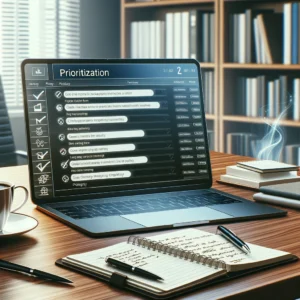- Define productivity software and briefly highlight its importance for individuals and businesses in the tech-driven world.
- Acknowledge the challenge of choosing the right tools among so many options.
- Promise to provide a curated list and overview of top productivity software that will genuinely help readers.
Categories of Productivity Tools
- Task Management: (Todoist, Asana, Trello) – Explain their role in organizing projects and to-dos.
- Note-Taking: (Evernote, Notion, OneNote) – Outline how these help with capturing ideas, research, and knowledge management.
- Time Tracking: (Toggl Track, Harvest) – Why they matter for understanding work patterns and improving efficiency.
- Communication & Collaboration: (Slack, Microsoft Teams, Zoom) – Emphasize their use for streamlining teamwork and discussions.
- Focus & Distraction Blocking: (Forest, Freedom) – How to combat interruptions and stay on track.
Key Features to Consider
- Ease of use and intuitive interface
- Cross-platform availability (phone, computer, web)
- Integration capabilities with other software you use
- Collaboration features if necessary for your work
- Pricing and free vs. paid plans
Choosing the Right Tools for You
- Stress that there is no one-size-fits-all solution.
- Encourage readers to assess their specific needs: Do you work alone or in teams? Do you manage complex projects? Do you struggle with time management or focus?
- Suggest trying out free trials or versions of the software.
Conclusion
“In today’s fast-paced, technology-driven world, productivity software has moved from a ‘nice-to-have’ to an essential tool for success. These tools help us streamline tasks, eliminate busywork, and focus on the work that truly matters. By maximizing our time and energy, we’re better equipped to achieve our goals – whether that’s completing projects faster, growing a business, or simply finding more work-life balance.”




